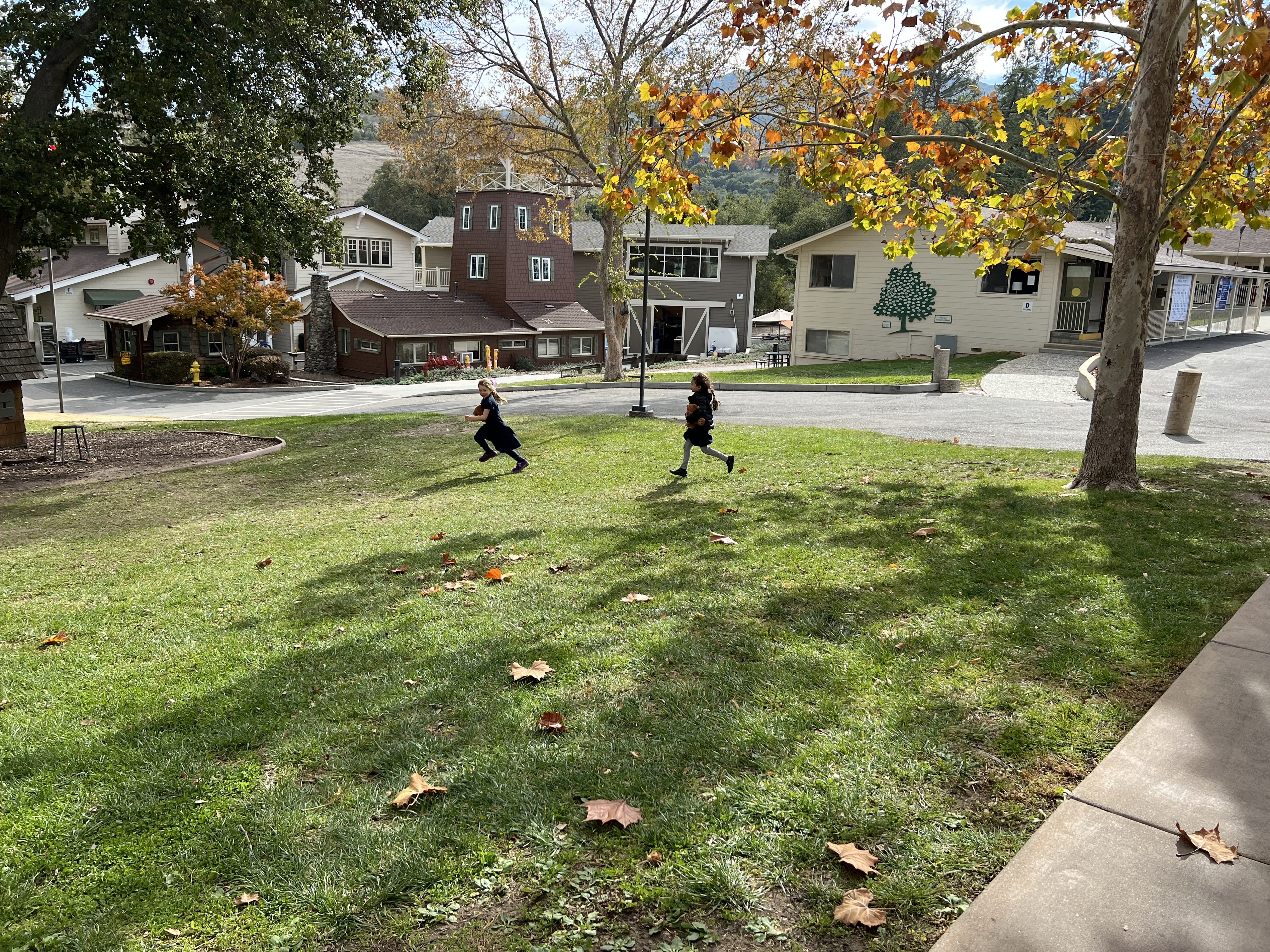By Gulliver LaValle, Director of Diversity, Equity, and Inclusion

The incorporation of Diversity, Equity, and Inclusion (DEI) protocol groups as a concept and practice in education is a pioneering approach to professional development. Usually, when educators come together in professional development circles, the topics remain fairly germane to traditional educational foundations. By definition, a protocol group is a learning community that uses professional development time to look deeply into a particular educational topic such as teacher assessment, vertical articulation of content, or evaluation of best teaching practices. Very few educational institutions across the country have used protocol groups to look deeply at identity and cultural competency. This exciting new development at Hillbrook has created courageous thought, conversations, and a pathway of laying the foundation for authentic DEI work.
At Hillbrook we are excited to be on this journey of meshing professional development practices with proactive DEI learning. From looking at deep individual identity to best practices around classroom inclusion, to how our biases can affect the way we teach and interact with students, protocol groups are pushing communication norms and authentic conversations in new ways. Employees are being asked to explore their own implicit biases and learn strategies for how to interrupt prejudices in a small group environment alongside colleagues.
So far, we have had two sessions of protocol groups and one group experience centered around DEI-themed books. For book groups, employees have been able to choose a book revolving around DEI sub-topics such as toxic masculinity, gender justice, blind spots in our naturally biased thinking, and racial fracturing that happens through white fragility. The discussions and takeaways revolve around answering, “How can I better connect with and teach students while living the Hillbrook values using a DEI growth mindset approach?” For some, this has meant looking at ways to deeply listen to colleagues and students in order to hear a different perspective. For others, this means braving a difficult conversation with families and students. It also means looking at the ways we assess and interact equitably with our students to try and avoid the biases we all bring and how to show proactive inclusion in a diverse environment. DEI work is sometimes hard because we bring a false notion that we must be an expert, and treat the work with delicate gloves, in order to even attempt it in the first place. Coming out of this mindset and entering into a perspective of “learning while doing,” without needing to be perfect, is our ultimate goal.
Holding employee affinity space for underrepresented groups of people is of equal importance as protocol groups in our community. The term affinity simply means sameness or similarity of characteristics. Affinity groups can bring together people who have a similar interest, identity or other “similar” identifier. In DEI circles, affinity groups revolve around bringing together traditionally marginalized groups for the purpose of sharing majority space to process experiences, advocate for the solidarity of purpose, name injustices and create action plans to better their experience in society. Affinity space creation for employees at workplaces is crucial for traditionally marginalized groups of people to have community and voice outside of the majority power structure they operate in every day.
At Hillbrook, affinity is also a way of making space for our unique, diverse experiences to meet outside the typical workday to identify and express differing experiences while upholding the Hillbrook values and Inclusivity of our community. PoCaH (People of Color at Hillbrook) and the LGBTQ+ affinity employee groups were the first to emerge this year. Each group meets a few times a month and has found a starting point to discuss the issues members may be facing as a marginalized identifier group that is commonly experienced. To set a good precedent of communication and action, each group has established norms of communication, a mission statement, and objectives of purpose. This helps drive discussion and recognize when action steps may be necessary to address a situation. An example would be a change in the way professional development is expressed at the nationally known NAIS Annual People of Color Conference for employees of color. The change at Hillbrook was to view going to POCC as an affinity space experience, versus a traditional professional development option. We expect more Hillbrook affinity groups will arise out of this important work in the coming years.
Interested in the reading list Hillbrook faculty and staff dove into during their DEI-focused book groups?
- White Fragility by Robin DiAngelo
- Sorted: Growing Up, Coming Out, and Finding My Place (A Transgender Memoir) by Jackson Bird
- Blind Spot: Hidden Biases of Good People by Mahzarin R. Banaji & Anthony G. Greenwald
- How To Raise A Boy: The Power of Connection to Build Good Men by Michael C. Reichert
- The Person You Mean to Be: How Good People Fight Bias by Dolly Chugh
